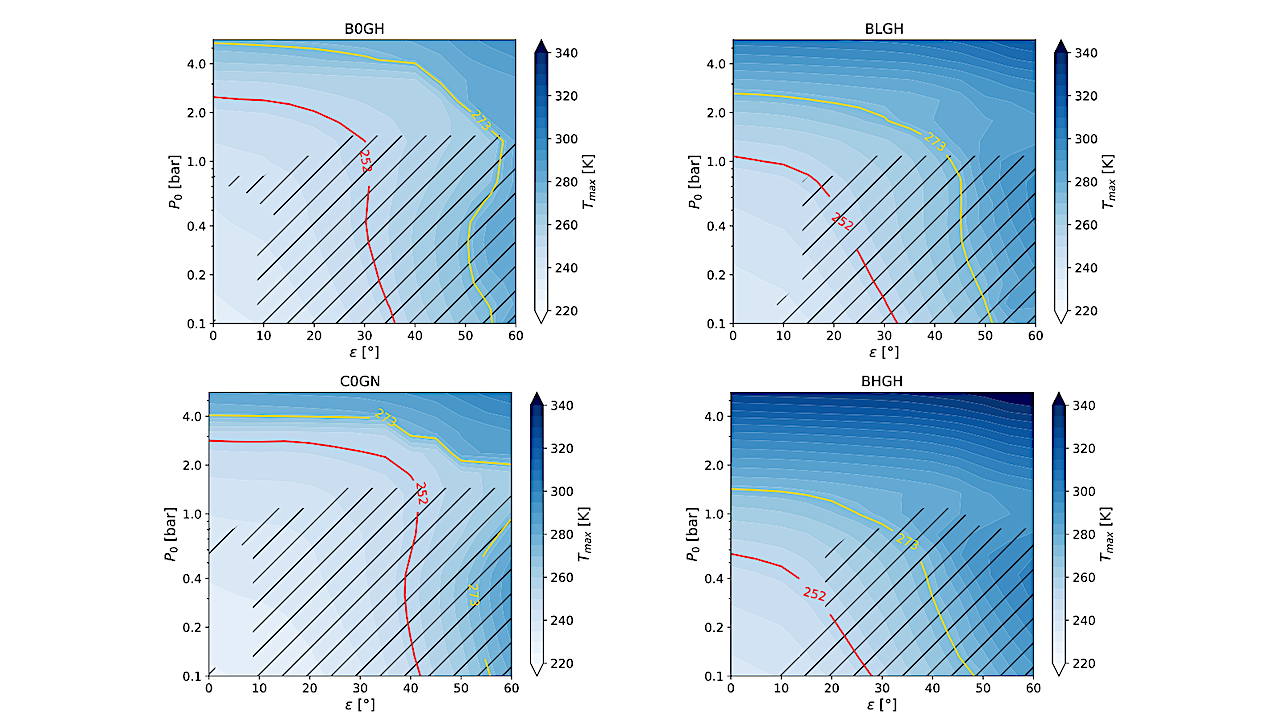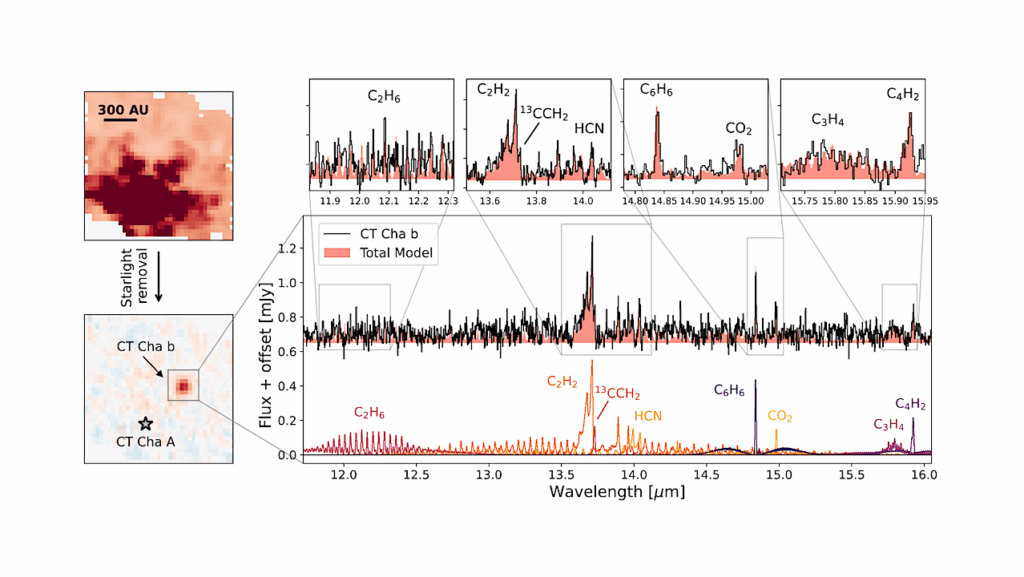Seasonal Thaws Under Mid-to-low Pressure Atmospheres On Early Mars

Despite decades of scientific research on the subject, the climate of the first 1.5 Gyr of Mars history has not been fully understood yet.
Especially challenging is the need to reconcile the presence of liquid water for extended periods of time on the martian surface with the comparatively low insolation received by the planet, a problem which is known as the Faint Young Sun (FYS) Paradox. In this paper we use ESTM, a latitudinal energy balance model with enhanced prescriptions for meridional heat diffusion, and the radiative transfer code EOS to investigate how seasonal variations of temperature can give rise to local conditions which are conductive to liquid water runoffs. We include the effects of the martian dichotomy, a northern ocean with either 150 or 550 m of Global Equivalent Layer (GEL) and simplified CO2 or H2O clouds.
We find that 1.3-to-2.0 bar CO2-dominated atmospheres can produce seasonal thaws due to inefficient heat redistribution, provided that the eccentricity and the obliquity of the planet are sufficiently different from zero. We also studied the impact of different values for the argument of perihelion.
When local favorable conditions exist, they nearly always persist for >15% of the martian year. These results are obtained without the need for additional greenhouse gases (e.g. H2, CH4) or transient heat-injecting phenomena (e.g. asteroid impacts, volcanic eruptions). Moderate amounts (0.1 to 1\%) of CH4 significantly widens the parameter space region in which seasonal thaws are possible.
Paolo Simonetti, Giovanni Vladilo, Stavro L. Ivanovski, Laura Silva, Lorenzo Biasiotti, Michele Maris, Giuseppe Murante, Erica Bisesi, Sergio Monai
Comments: 25 pages, 10 figures, submitted to ApJ
Subjects: Earth and Planetary Astrophysics (astro-ph.EP)
Cite as: arXiv:2308.16094 [astro-ph.EP] (or arXiv:2308.16094v1 [astro-ph.EP] for this version)
Submission history
From: Paolo Simonetti
[v1] Wed, 30 Aug 2023 15:40:32 UTC (423 KB)
https://arxiv.org/abs/2308.16094
Astrobiology,








